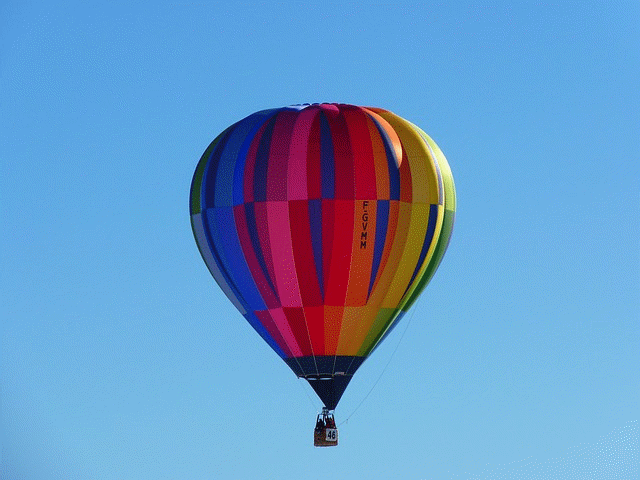 Hot air balloon
The hot air inside the balloon is nothing but the hydrogen gas, which rises up when heated, as it becomes lighter than other gases present in atmosphere.
Hot air balloon
The hot air inside the balloon is nothing but the hydrogen gas, which rises up when heated, as it becomes lighter than other gases present in atmosphere.
Earth is surrounded by a layer of gaseous molecules known as atmosphere up to 50 kms approximately. Gases have three characteristic properties:
(1) they are easy to compress,
(2) they expand to fill their containers, and
(3) they occupy far more space than the liquids or solids from which they form.
The volume of a gas is one of its characteristic properties. They have rapidly moving particles and these particles have less attraction between them. These have very low density. Another characteristic property is the pressure the gas exerts on its surroundings. Two important properties of pressure:
- The pressure of a gas becomes larger as more gas is added to the container, hence Pressure is proportional to the amount of gas that is present.
- Pressure is measured in units (such as lb/in2) that describe the force exerted by the gas divided by the area over which this force is distributed.
Gases can diffuse into each other rapidly. Gases have their melting and boiling points both below room temperature. Gasses form homogenous mixtures with each other regardless of the identities or relative properties of the component gases (e.g. water and gasoline vapors will form a homogenous mixture, whereas the liquids will not).